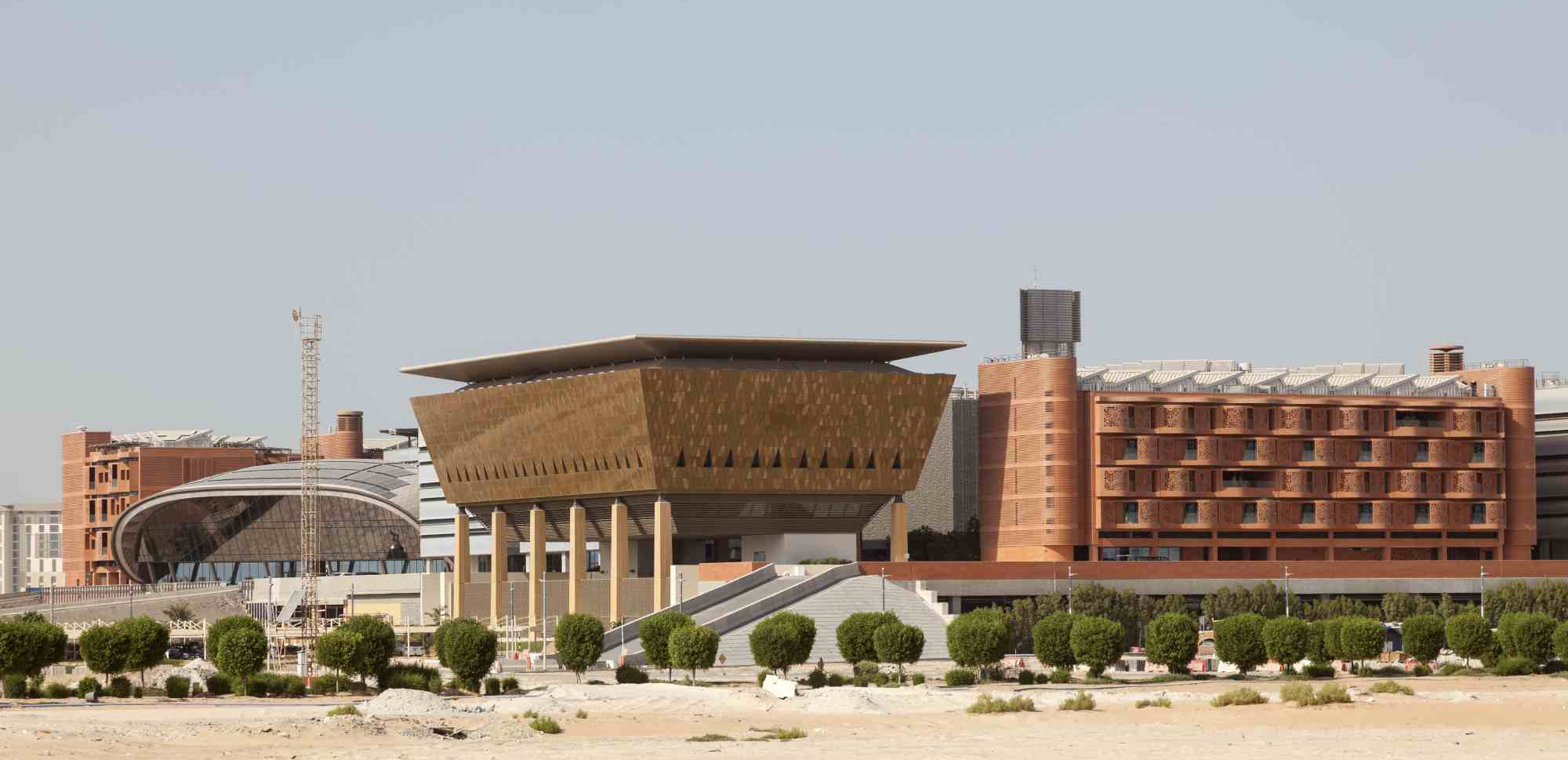Masdar was destined to be the first city of the future designed specifically to be green and self-sufficient. Oriented so that it could take advantage of air currents, wired under a solar panel roof, and connected by electric rails so that no one would have to use the car. Everything was planned for 2016, with a failed extension of 4 years that will expire on December 31, leaving the project in utopia simply because nobody wants to live there. The city projected itself by embracing environmental care and betting on exploiting every minute of sunlight, but it also turned its back on citizens. An example of this was the design of a transportation service that does not solve mobility around the city. The electric mobility capsules proved to be ineffective as they only worked within the small enclosure of the city centre, leaving the distance between other areas —which is too great to travel by bicycle— unattended.
Applying employee engagement to a city model
Masdar’s experience is not entirely negative and allows for insight to be drawn upon in future projects. The main point is to successfully extrapolate the business model to a city model. If one of the keys to work-life balance is to keep professional teams involved in the project, the challenge in balance cities is to involve citizens in a city model that they actively defend. Is this possible?
María Elicia Cortés, WolterKluvers‘ public sector consultant , has tried to answer this question in her final Master’s dissertation for the Complutense University of Madrid, concluding that e-governance can be considered “the main and most important challenge for smart cities, promoting the use of information and communication technologies in the public sector with the intention of improving the provision of services and information, reinforcing transparency and accountability, and fostering citizen participation in decision-making processes“. According to the study, all this results in “individual recognition, learning (self-realisation needs), efficiency, autonomy, sense of belonging, status, leadership and competition“..
Behind these movements towards inclusion lies the ultimate goal of establishing citizens as active agents in the transformation of techcities. In this sense, there is no discussion about the differential fact by which the idea of collaborative work is more deeply rooted in the old continent than in Asia or the United States. To such an extent that several European capitals have managed to carve out a niche for themselves in the rankings of the main cities with the best work-life balance, displacing North American cities which are, a priori, better positioned in the innovation and technology sections. We are talking about Helsinki (Finland), Munich (Germany), Oslo (Norway)… and even Barcelona (Spain).
With regard to 2018, the Catalan capital has climbed four positions in Europe and nine in the global arena despite not leading in any of the fields examined. However, its innovation, its capacity to attract digital talent and the equilibrium it offers for balancing work and personal life put it ahead of New York (United States), Toronto (Canada), San Francisco (United States) or Tokyo (Japan) in the list of cities that are looking to the future.
For years Barcelona has been developing Decidim, a participatory digital platform that takes advantage of the collective intelligence of citizens to create public policies that better respond to their needs. In this way, more than 70% of the proposals included in the council’s agenda come directly from citizens and reflect what concerns the inhabitants of Barcelona, making it the municipal government’s roadmap. The most common demands are in the areas of access to affordable housing, climate change, energy transition or sustainability, among many others.
Data concerning the city, and its citizens, are conceived as a common good and must become a public infrastructure such as water, electricity, roads and clean air. Therefore, they have to be accessible and help local technology companies and production networks to build future services and solutions that generate public value and social return. The exact definition of a balance city for the future.
Sources: LinkedIn, New York Times, Weforum, El País
